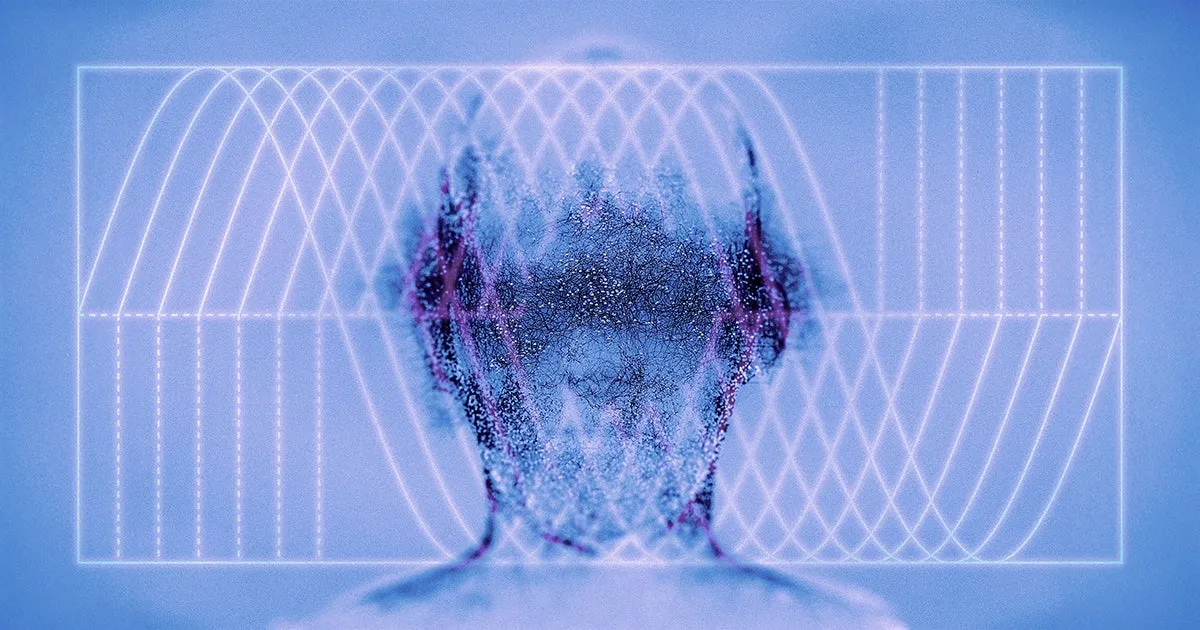
In a groundbreaking study awaiting peer review, researchers have revealed that one of the industry's leading large language models, OpenAI's GPT-4.5, has successfully passed a Turing test, a long-standing measure of human-like intelligence. This innovative research highlights how GPT-4.5 was identified as human 73 percent of the time when it was instructed to adopt a specific persona during a three-party version of the Turing test, significantly surpassing the random chance threshold of 50 percent.
The study assessed not only OpenAI's GPT-4.5 but also Meta's LLama 3.1-405B model, OpenAI's GPT-4o model, and the early chatbot ELIZA, which was developed nearly eighty years ago. Lead author Cameron Jones, a researcher at UC San Diego's Language and Cognition Lab, noted in an X thread about the work that participants were unable to distinguish between human responses and those from GPT-4.5 and LLaMa when the AI models were prompted with a persona. In fact, GPT-4.5 was often judged to be human more frequently than actual humans.
The Turing test is named after the pioneering British mathematician and computer scientist Alan Turing, who, in 1950, proposed a method to evaluate a machine's intelligence through text-based conversations. Turing's concept, known as the imitation game, involved an interrogator engaging in conversations with both a human and a machine without knowing which was which. If the interrogator could not accurately identify the machine, it suggested that the machine might be capable of human-like thought.
In this latest experiment, researchers conducted the Turing test on an online platform involving nearly 300 participants. These participants were randomly assigned roles as either interrogators or witnesses. The AI was prompted in two different ways: a no-persona prompt, where it was instructed simply to convince the interrogator of its humanity, and a persona prompt, where it was directed to embody a specific character, such as a knowledgeable young individual familiar with internet culture. The results were striking; without the persona prompt, GPT-4.5 achieved only a 36 percent win rate, while GPT-4o, the model powering the current version of ChatGPT, garnered an even lower 21 percent success rate.
The results of this study are fascinating, but it is essential to note that passing the Turing test is not definitive proof that an AI possesses human-like intelligence. As François Chollet, a software engineer at Google, pointed out, the Turing test serves more as a thought experiment than a literal evaluation of machine intelligence. Large Language Models (LLMs) like GPT-4.5 are adept conversationalists, trained on vast amounts of text generated by humans. Even when faced with questions beyond their understanding, they can construct plausible-sounding responses. This raises the question of whether assessing their abilities through the imitation game is becoming less relevant.
Jones expressed that the implications of the research regarding whether LLMs are intelligent like humans are complex. He suggested that this study should be viewed as one piece of evidence among many that illustrate the type of intelligence displayed by LLMs. More critically, he warned that the results could indicate a future where LLMs might effectively substitute for humans in brief interactions, potentially leading to job automation, enhanced social engineering attacks, and broader societal disruptions.
Jones concluded by emphasizing that the Turing test not only scrutinizes machines but also reflects the evolving perceptions of technology among humans. As society becomes more accustomed to interacting with AIs, it is likely that people will become more adept at identifying them. This dynamic interplay between human awareness and AI capabilities will continue to shape the future of technology and its integration into our daily lives.
Stay tuned for more updates on AI developments and their implications for society.